The Second World War opened a new chapter in the lives of Depression-weary Americans. As husbands and fathers, sons and brothers shipped out to fight in Europe and the Pacific, millions of women marched into factories, offices, and military bases to work in paying jobs and in roles traditionally reserved for men in peacetime. It was also a time that offered new professional opportunities for women journalists – a path to the rarest of assignments, war reporters.
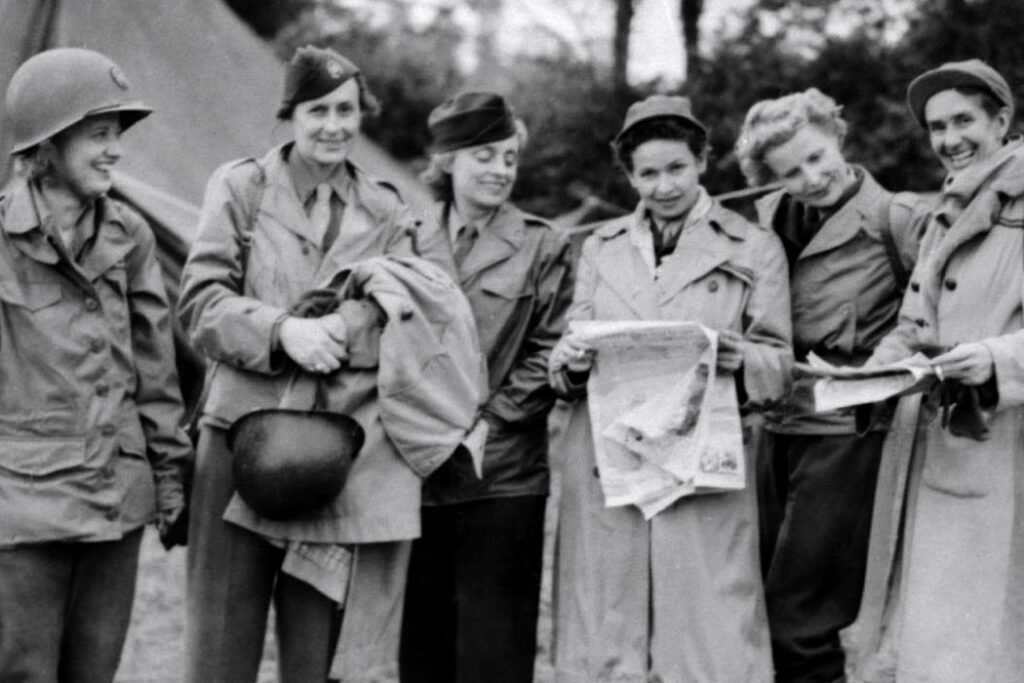
Women Journalists Break Barriers to Cover World War II
Talented and determined, dozens of women fought for the right to cover the biggest story of their lives. By war’s end, at least 127 American women managed to obtain official accreditation from the U.S. War Department as war correspondents. Rules imposed by the military, however, stated women journalists could not enter the actual combat zone but remain in the rear areas writing stories of soldiers healing their wounds in field hospitals or other pieces supporting the war effort.
In spite of U.S. military regulations that barred women to accompany fighting forces into combat, Clare Hollingworth, Martha Gellhorn, Lee Miller, Margaret Bourke-White, Marguerite Higgins, Dickey Chapelle, and many others found ways to get “where the action was.” They displayed tenacity, bravery, and a fresh approach to reporting war that gave the world some of the most distinctive and daring chronicles of an epic period of history. They did it, not just because they were exceptional women, but because they were great journalists.
Women Journalists Redefine War Reporting
In early 1939, peace activist Clare Hollingworth arrived on the Polish-German border to aid Jews and other refugees fleeing from the Sudetenland, newly annexed by Nazi Germany. On a brief return to her native England, the 27-year-old Hollingworth – who once professed to “enjoy being in a war,” was hired as a part-time correspondent in Katowice, Poland, for the London Daily Telegraph.
After just three days into her first job that August, the cub reporter landed one of the biggest journalistic scoops of the 20th century.
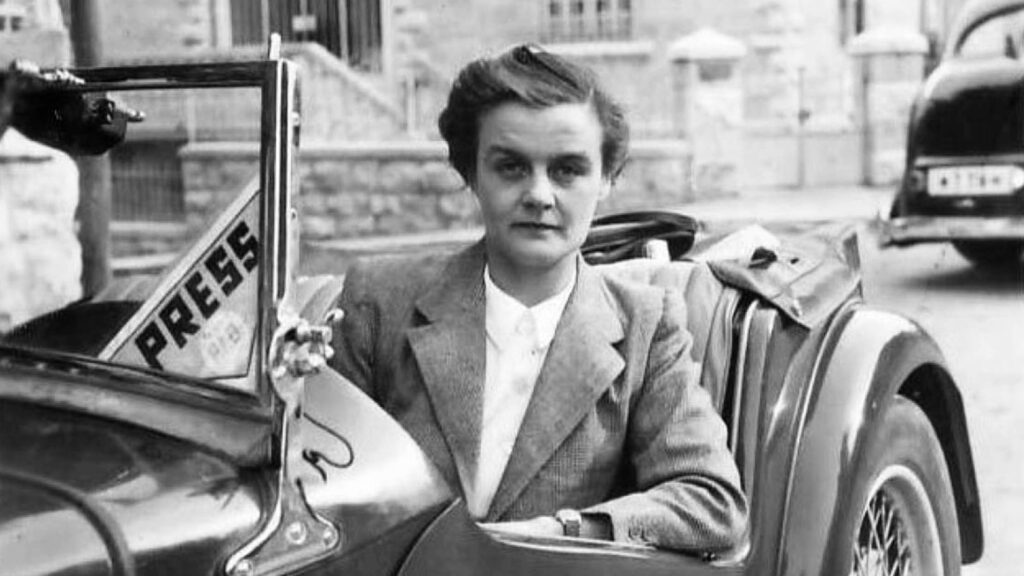
Wanting to get a sense of the rising tensions between the two nations, she decided to drive across the border into Nazi German. Without divulging the reason, she asked to borrow a diplomatic vehicle from her ex-lover, the British consul in Katowice, knowing the Union Jack flag on its hood would get her across the heavily restricted border. On her return trip to Poland, she drove by an enormous canvas designed to block anyone from looking down into a valley below. As she drove further, a gust of wind lifted a portion of a tarp. She looked through the opening and spotted “literally hundreds of tanks, armored cars, and field guns.” Realizing Germany was about to invade Poland, she called the London Daily Telegraph correspondent in Warsaw, and he filed a front-page story published on Aug. 29, 1939, under the headline “1,000 tanks massed on the Polish border. Ten divisions reported ready for swift stroke.” Three days later, she awoke to the sounds of German planes and Panzer tanks invading Poland. It was the start of World War II and the beginning of her five-decade career as a war reporter.
During the North African desert campaign, British commander Bernard Montgomery (“something of a women-hater,” she later wrote) expelled Hollingworth from his press contingent, saying that women did not belong on the front lines. She then joined with American troops under Gen. Dwight D. Eisenhower‘s command in Algiers. Embedded with Allied troops, the 5-foot-3 journalist dodged bullets and German patrols, slept in the open desert, and learned to parachute and pilot a plane.
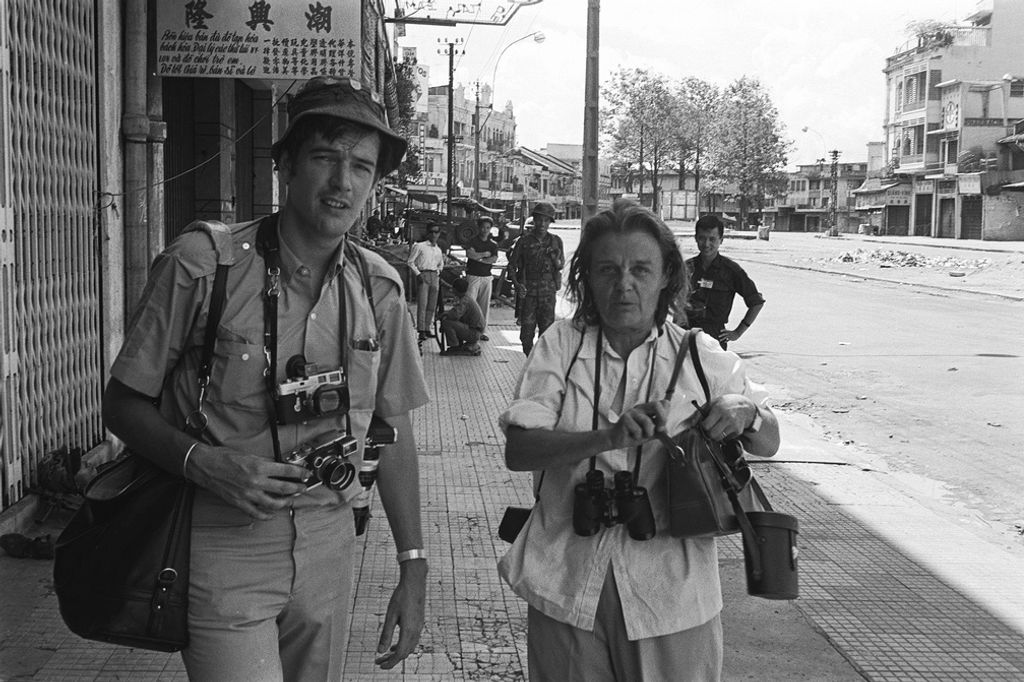
Following World War II, she covered hostilities from Algeria’s war of independence in the 1950s to the Vietnam War in the ’60s where a sniper’s bullet narrowly missed her head. “No battlefield was complete” without her, the British author and war correspondent Tom Pocock once remarked.
The BBC stated that although she was not the earliest woman war correspondent, “her depth of technical, tactical, and strategic insight set her apart.” The New York Times described her as “the undisputed notable of war correspondents.” She amassed considerable expertise in military technology and, after pilot training during the 1940s, was particularly knowledgeable about aircraft.
In 1962, Hollingworth won Woman Journalist of the Year for her reporting of the civil war in Algeria.
From 1981, Hollingworth lived in Hong Kong. She was a near-daily visitor to the Foreign Correspondents’ Club, where she was an honorary goodwill ambassador. In 1990, she published her memoirs under the title ‘Front Line.’
On January 10, 2017, Clare Hollingworth died in Hong Kong at the age of 105.
Women Journalists Bring Humanity to War
By the time the United States entered WWII in 1941, the tall, beautiful Martha Gellhorn had been reporting war for six years, including the Civil War in Spain, the Russian invasion of Finland, and the Japanese invasion of China.
Her career as a war reporter began shortly after meeting writer and war reporter, Ernest Hemingway, in a bar in Key West in 1936. On vacation with her family after the success of her book The Troubles I’ve Seen,’ written for the Roosevelt Administration about the effects of the Depression on ordinary Americans, she met Hemingway who was still married to his second wife, Pauline. Intrigued by the famous author and flattered by his attentions, Gellhorn was eager to move on to the next phase of her life. They vowed to meet again in Spain.
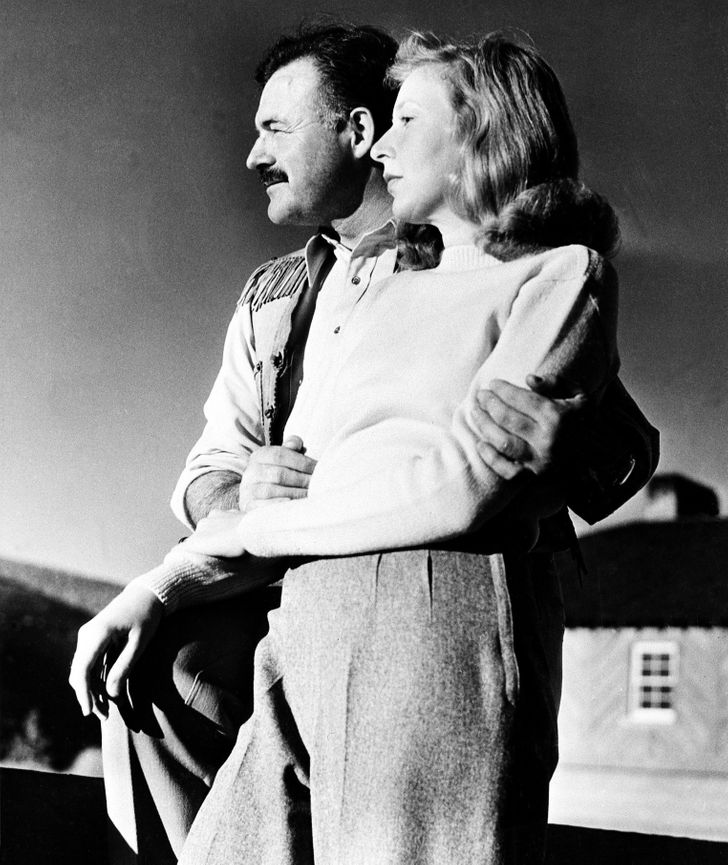
In Spain, Gellhorn, and Hemingway, her future husband, reported on the fascist uprising against the Republican government. Gellhorn felt ill-equipped to be a war reporter for Collier’s Weekly because she was not knowledgeable about artillery or battle maneuvers. As her biographer Caroline Moorehead describes it: “Hemingway said to her ‘why aren’t you writing about the war,’ and she said ‘I don’t know about weapons and battles,’ and he said ‘write about what you do know and that is people’.” Thus began Gellhorn’s style of war reporting: the effects of war on ordinary people.
As the war in Europe raged, Gellhorn was unable to get official accreditation from U.S. War Department as a war correspondents. “It is necessary that I report on this war,” she fumed in an angry letter to military authorities “I do not feel there is any need to beg as a favor for the right to serve as the eyes for millions of people in America who are desperately in need of seeing but cannot see for themselves.”
She was writing from London in June 1944, where she and other women war correspondents gathered in anticipation of the Normandy landings on the French coast which, marked the start of a major offensive against Germany.
Like any major news event today, there was an extraordinary buzz among journalists waiting in the city, hanging out in hotels such as the elegant Dorchester in the heart of London.
And a group of U.S. women, gutsy and glamorous, was part of it; they were fighting their own battles on every front to overcome the ban on women going to the front lines in the Second World War.
“They were all watching each other, and there was a huge sense of competitiveness,” wrote biographer Caroline Moorehead. “Even Martha, who was not very interested in scoops, was affected by this huge sense of excitement.”
Gellhorn had her scoop – a remarkable one – when she smuggled herself onto a hospital ship to get to Normandy, locked herself in a toilet, and became the first woman to report on the invasion.
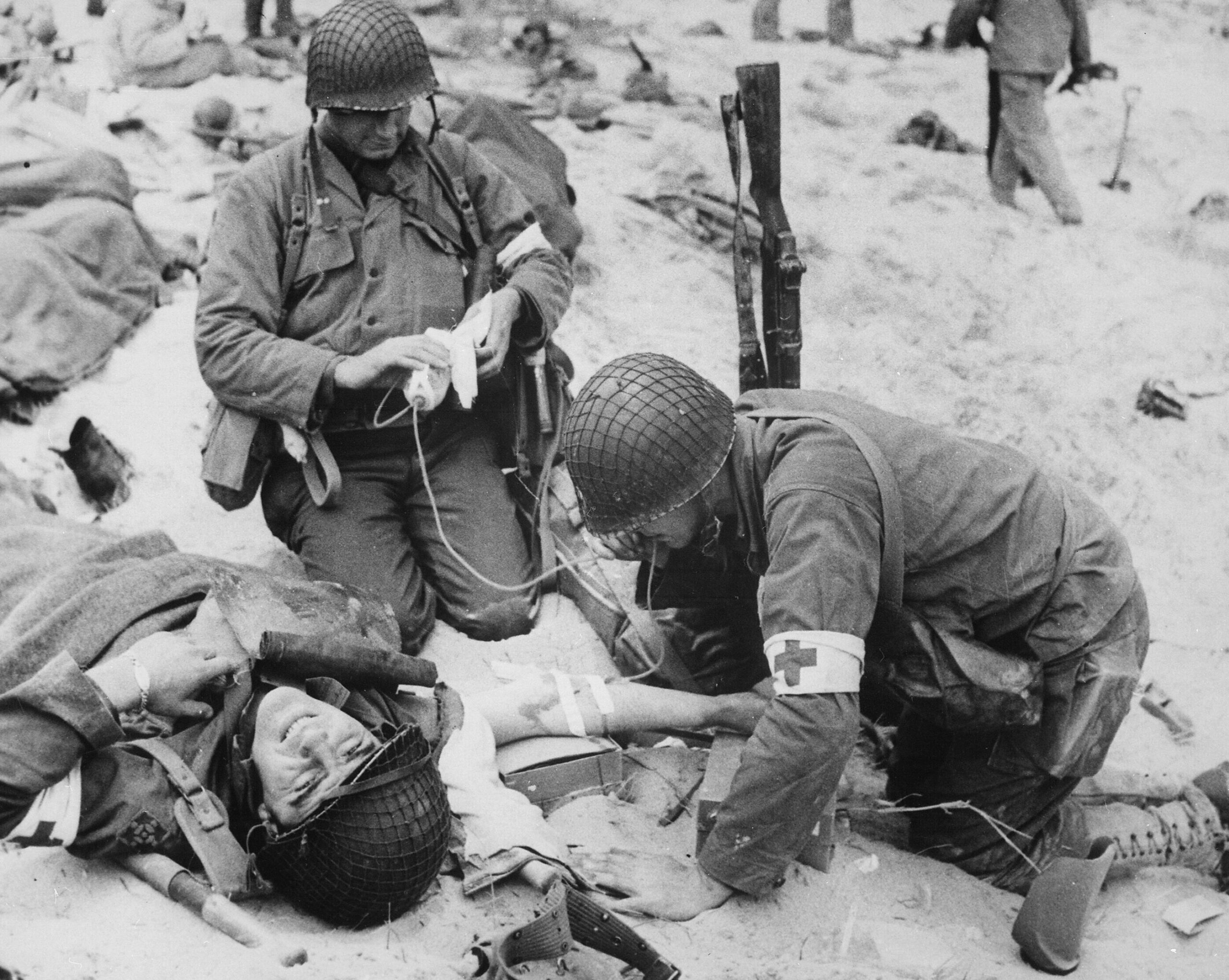
“When night came, the water ambulances were still churning into the beach, looking for the wounded. We waded ashore in the water to our waist,” she wrote.
While on the Normandy beachhead, she wrote: “The stretcher-bearers that were part of the American personnel started on their long back-breaking job. By the end of that trip, their hands were covered in blisters, and they were practically hospital cases themselves. It will be hard to tell you of the wounded; there were so many of them. There was no time to talk, there was too much else to do.
“Cigarettes had to be lighted and held for those who couldn’t use their hands. It seemed to take hours to pour hot coffee via the spout of a teapot into a mouth just showing through bandages.”
This was a historic period, marking a turning point for women reporting from warzones. They reached front lines, sent dispatches from Normandy, entered newly liberated Paris, and later visited concentration camps across Europe. Gellhorn was also among the first journalists to report from Dachau concentration camp after it was liberated by Allied Troops.
Her work was fiercely uncompromising. For many, Gellhorn’s dispatches set new standards for narrative frontline journalism. Her volume ‘The Face of War‘ remains as strong an indictment as any penned by the Hemingways of the world.
This was a historic period, marking a turning point for women reporting from warzones. They reached front lines, sent dispatches from Normandy, entered newly liberated Paris, and later visited concentration camps across Europe.
The legacy of the Nazi atrocities continued to occupy her. She covered the trial of German war criminal Adolf Eichmann for the Atlantic Monthly. She went to Israel in 1967 to cover the Arab-Israeli War with an impassioned pro-Israel standpoint, explaining that she saw conflict through the prism of the Holocaust.
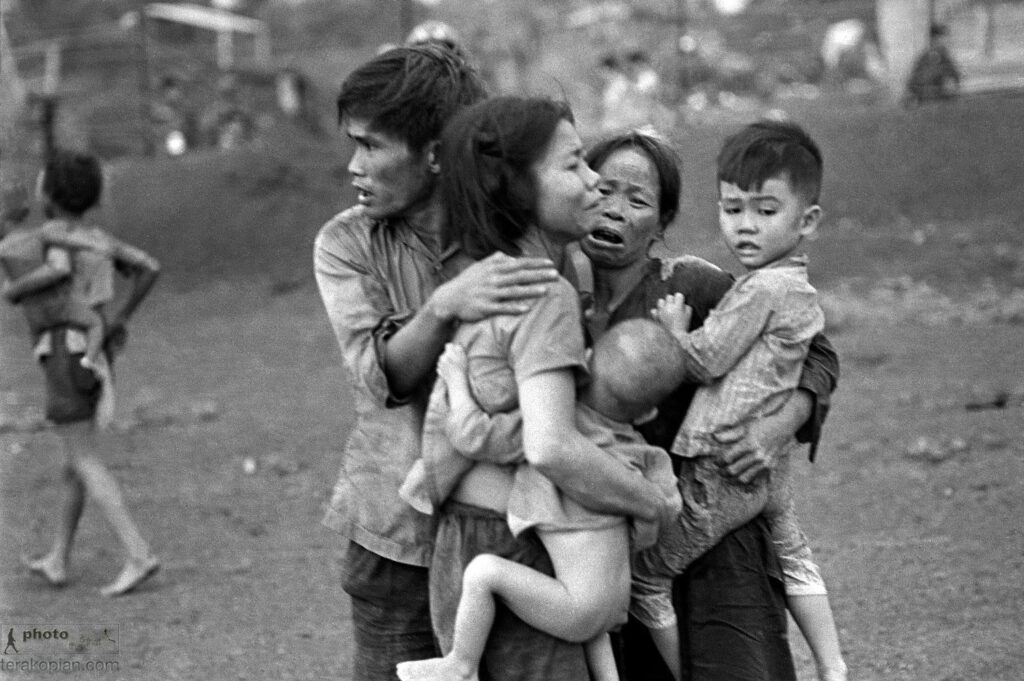
In 1966 Gellhorn traveled to Vietnam to write about the war for the London Guardian, which she found supremely disturbing and horrific, full of victims on both sides of the battles lines. Her dispatches openly protested the war. “People cannot survive our bombs,” she wrote. “We are uprooting the people from the lovely land where they have lived for generations, and the uprooted are given not bread but stone. Is this an honorable way for a great nation to fight a war 8,000 miles from its safe homeland?” The South Vietnamese government banned her from returning there, sending her into a long depression.
In the 1980s, she continued to travel extensively, writing about the wars in El Salvador and Nicaragua and the U.S. invasion of Panama, and in the mid-1990s, she went to Brazil to write about street children there. She reported on virtually every major world conflict that took place during her 60-year career.
She is now considered one of the greatest war correspondents of the 20th century.
In her last years, Gellhorn was in frail health, nearly blind and suffering from ovarian cancer that had spread to her liver. On February 15, 1998, she committed suicide in London apparently by swallowing a cyanide capsule. She was 89.
Women Journalists Expose War Through Photography
One of Gellhorn’s journalist contemporaries, Lee Miller, is remembered today as a woman equally at ease on both sides of the camera. She rose to fame as one of Vogue magazine’s most beautiful fashion models in 1927 and subsequently evolved into one of its leading photojournalists of World War II. In this capacity, she documented the liberation of France, Belgium, and Luxembourg before accompanying the American advance into Germany. She was also America’s first female war correspondent who unflinchingly photographed the horrors of German concentration camps Buchenwald and Dachau.
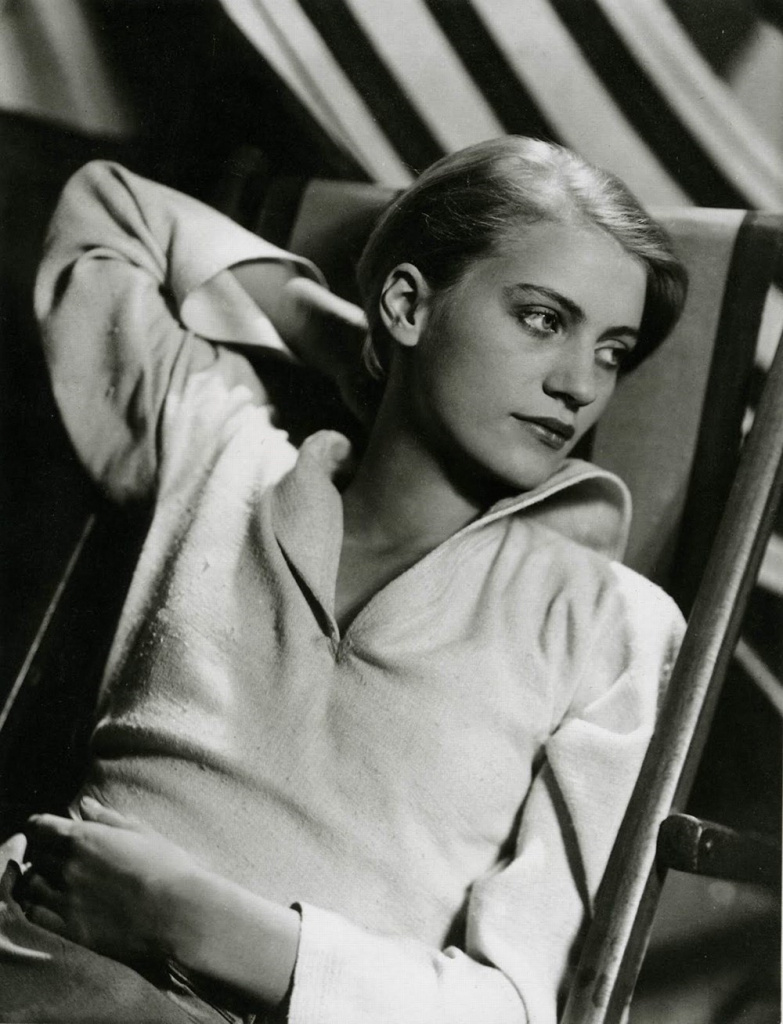
Her journey as a photographer began in 1929 when she traveled to Paris with the intention of apprenticing herself to the surrealist artist and photographer Man Ray. Although at first, he insisted that he did not take students, Miller soon became his model and collaborator, as well as his lover and muse.
After leaving Man Ray and Paris in 1932, she returned to New York and established a portrait and commercial photography studio with her brother Erik as her darkroom assistant.
In 1934, she abandoned her studio to marry Egyptian aristocrat and railroad tycoon Aziz Eloui Bey. Although she did not work as a professional photographer during this period, the photographs she took while living in Egypt with Eloui, including Portrait of Space, are regarded as some of her most striking surrealist images.
By 1937, Miller had grown bored with her life in Cairo and returned to Paris, where she met the British surrealist painter and curator Sir Roland Penrose, whom she later would marry.
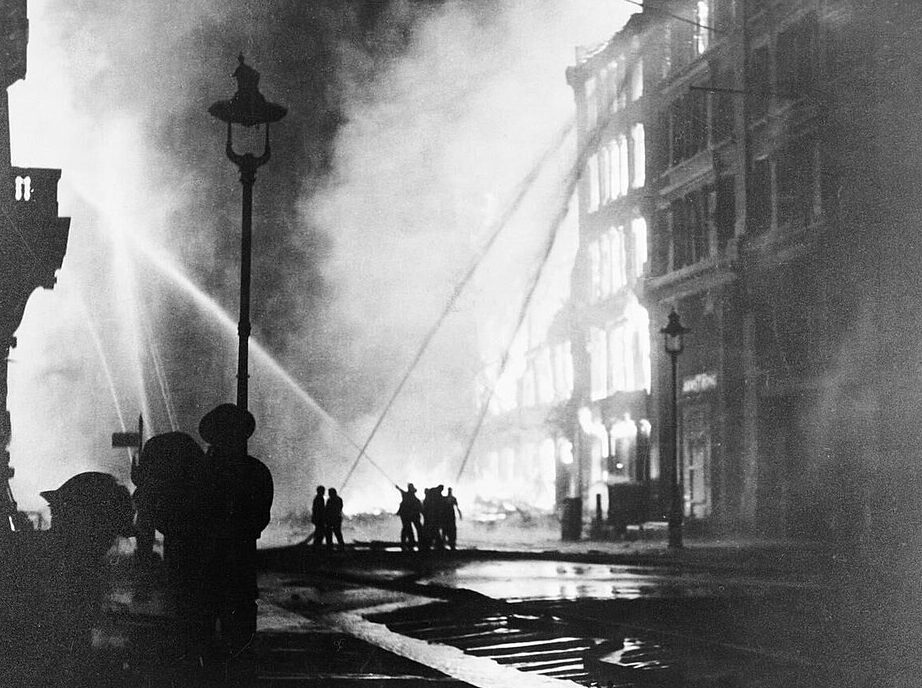
At the outbreak of World War II, Miller was living in Hampstead in London with Penrose when the bombing of the city began. Ignoring pleas from friends and family to return to the U.S., Miller embarked on a new career in photojournalism as the official war photographer for Vogue, documenting the Blitz.
By December 1942, she was accredited as a war correspondent for Vogue, which was thrilled to have its own writer who could tell a story of women and war, and much more.
She photographed women playing many roles, including nurses, charity workers, and the WRENS (Women Royal Naval Services). But some of her most vivid reporting was, in St Malo, France in August 1944, where she had been told the fighting was over but wasn’t.
“I sheltered in a Kraut dugout squatting under the ramparts. My heel ground into a dead detached hand, and I cursed the Germans for the sordid ugly destruction they had conjured up in the once beautiful town,” she wrote in Vogue.
“I picked up the hand and threw it back the way I had come and ran back, bruising my feet and crashing into the unsteady piles of stone and slipping in the blood. Christ, it was awful.”
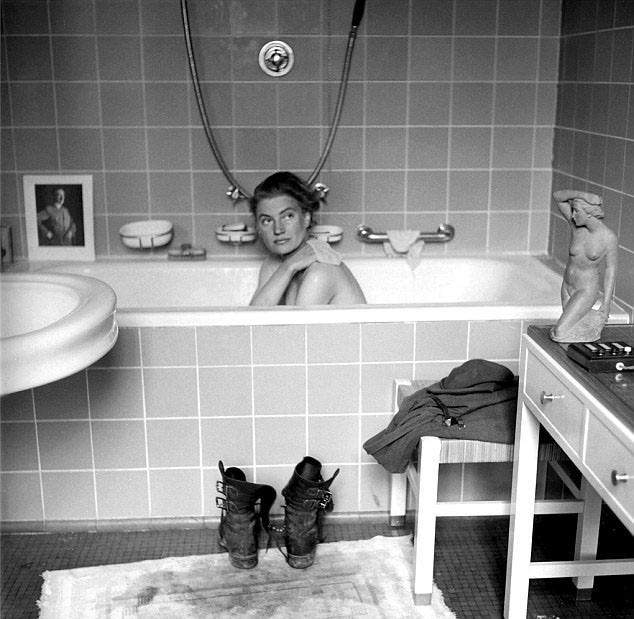
During this time, she photographed dying children in a Vienna Hospital, peasant life in post-war Hungary, and finally, the execution of Prime Minister Laszlo Bardossy. She also teamed up with the American photographer David E. Scherman, a LIFE correspondent on many assignments. A photograph by Scherman of Miller in the bathtub of Adolf Hitler‘s apartment in Munich is one of the most iconic images from the Miller-Scherman partnership.
After the war, she continued to work for Vogue for a further two years, covering fashion and celebrities.
When she discovered she was pregnant by Penrose with her only son, Antony, she divorced Bey and, on May 3, 1947, married Penrose.
Miller died from cancer at Farley Farm House in Chiddingly, East Sussex, in 1977, aged 70. She was cremated, and her ashes were spread through her herb garden at Farley Farm House.
“Today, we would understand she was suffering from post-traumatic stress disorder,” Penrose said of his mother, who at one point in the war was under fire for 30 days. “She entered into a spiral of depression, which took her 20 years to claw her way up out of.”
Women Journalists Force Change in War Reporting
One of those equally determined colleagues was Life magazine‘s Margaret Bourke-White, the best-known American woman photographer of the day and the first female war correspondent and the first woman to be allowed to work in combat zones during World War II.
As the only foreign photojournalist in Moscow when the Germans invaded Russia, her pictures of flares and searchlights and anti-aircraft tracers streaking the night sky over the Kremlin were published around the world. She made them from her hotel balcony or the roof of the American embassy, flaunting a Soviet edict that anyone caught taking pictures would be shot.
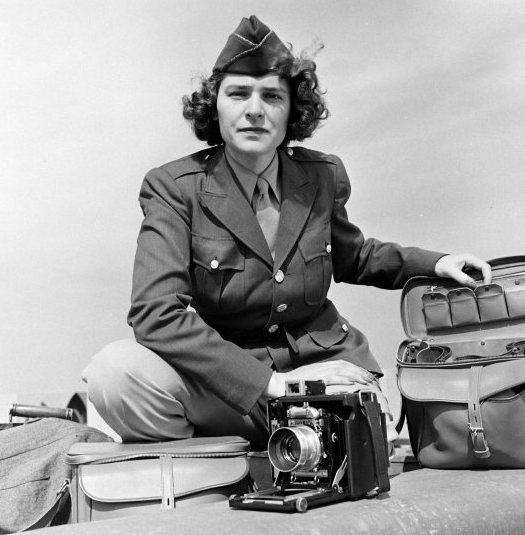
Despite her fame and reputation, Bourke-White faced many difficulties. She was denied access to cover the Allied invasion of North Africa, the excuse being that it was too dangerous for a woman to fly there from England. She instead took a ship – the England-Africa bound British troopship SS Strathallan – which was promptly torpedoed in the Mediterranean. Carrying only her cameras into the lifeboat, Bourke-White then produced a riveting coverage on the dangers of wartime travel at sea that she recorded in an article, “Women in Lifeboats”, in Life, February 22, 1943. She was disliked by Gen. Dwight D Eisenhower but was friendly with his chauffeur/secretary, Irishwoman Kay Summersby, with whom she shared the lifeboat.
In January 1943, she finally won permission to become the first woman ever to fly on an American air combat mission. And during the Italian campaign, admiring soldiers watched her drag her camera and tripod through sniper fire to exposed ridgetops and take panoramic shots of the fighting.
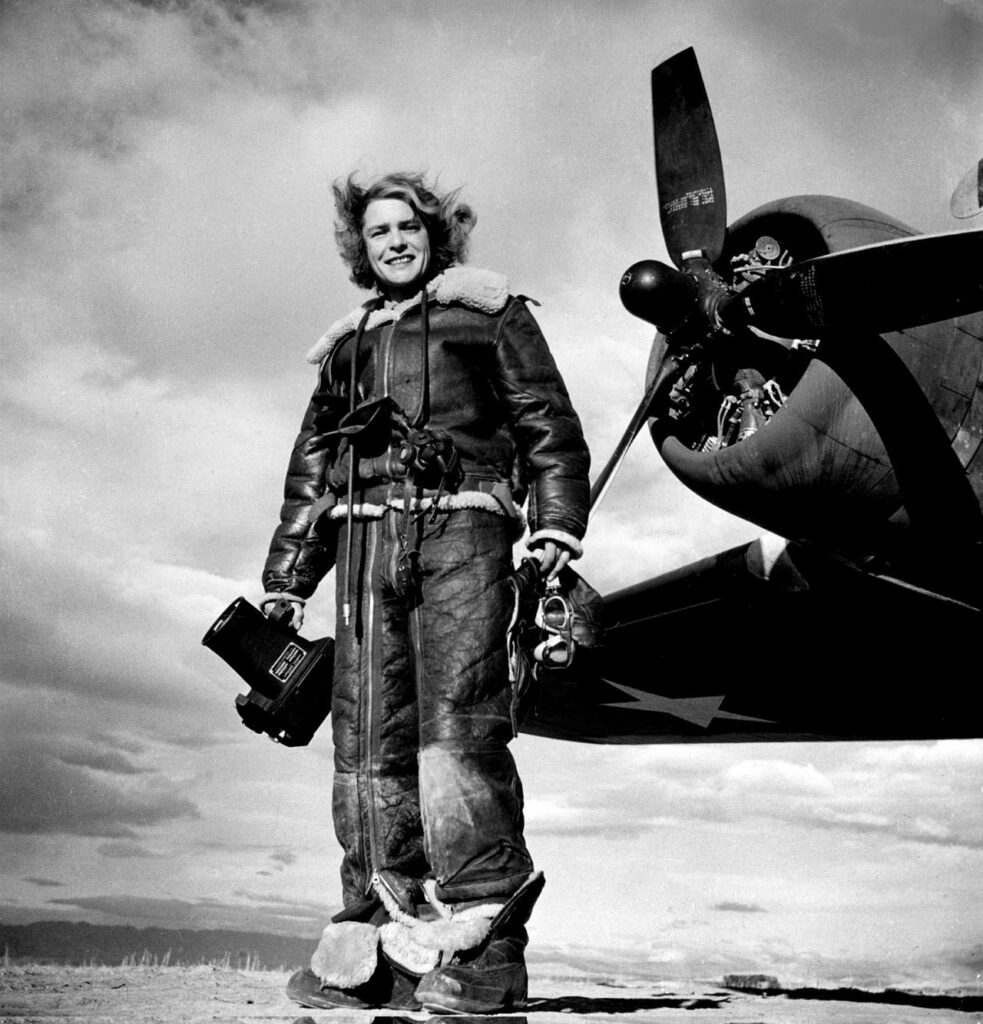
In the spring of 1945, she traveled throughout a collapsing Germany with Gen. George S. Patton. She arrived at Buchenwald, the notorious concentration camp, and later said, “Using a camera was almost a relief. It interposed a slight barrier between myself and the horror in front of me.” After the war, she produced a book entitled, ‘Dear Fatherland, Rest Quietly,’ a project that helped her come to grips with the brutality she had witnessed during and after the war.
To many who got in the way of a Bourke-White photograph – and that included not just bureaucrats and functionaries but professional colleagues like assistants, reporters, and other photographers – she was regarded as imperious, calculating, and insensitive.
In 1953, Bourke-White developed her first symptoms of Parkinson’s disease. She was forced to slow her career to fight encroaching paralysis. In 1959 and 1961, she underwent several operations to treat her condition, which effectively ended her tremors, but affected her speech. In 1971 she died at Stamford Hospital in Stamford, Connecticut, aged 67, from Parkinson’s disease.
Marguerite Higgins covered World War II, the Korean War, and the Vietnam War, and in the process, advanced the cause of equal access for female war correspondents. She had a long career with the New York Herald Tribune and later, as a syndicated columnist for Newsday.
Eager to become a war correspondent, Higgins persuaded the management of the New York Herald Tribune to send her to Europe in 1944 after working for them for two years. After being stationed in London and Paris, she was reassigned to Germany in March 1945. She witnessed the liberation of the Dachau concentration camp in April 1945 and received a U.S. Army campaign ribbon for her assistance during the surrender by its S.S. guards. She later covered the Nuremberg war trials and the Soviet Union’s blockade of Berlin.

In 1950, Higgins was named chief of the Tribune’s Tokyo bureau. Shortly after her arrival in Japan, war broke out in Korea, she came to the country as one of the first reporters on the spot. On June 28, Higgins and three of her colleagues witnessed the Hangang Bridge bombing and were trapped on the north bank of Han River as a result. After crossing the river by raft and coming to the U.S. military headquarters in Suwon on the next day, she was quickly ordered out of the country by Gen. Walton Walker, who argued that women did not belong at the front and the military had no time to worry about making separate accommodations for them. Higgins made a personal appeal to Walker’s superior officer, Gen. Douglas MacArthur, who subsequently sent a telegram to the Herald-Tribune stating, “Ban on women correspondents in Korea has been lifted”. Marguerite Higgins is held in the highest professional esteem by everyone.
This was a major breakthrough for all female war correspondents. As a result of her reporting from Korea, Higgins was the first woman to win a Pulitzer Prize for Foreign Correspondence awarded in 1951 for her coverage of the Korean War, which she shared with five male war correspondents.
She contributed along with other major journalistic and political figures to the Collier’s magazine collaborative special issue Preview of the War We Do Not Want, with an article entitled “Women of Russia.”
While on assignment in late 1965, Higgins contracted leishmaniosis, a disease that led to her death on January 3, 1966, aged 45, in Washington, D.C. She is interred at Arlington National Cemetery with her husband Lt. Gen. William Evans Hall, U.S. Air Force.
They Paid the Ultimate Price to Report From the Front Lines
On the other side of the globe, covering the war in the Pacific, there worked one photographer many today consider the epitome of the woman combat reporter. “She was always where the action was.”
Dickey Chapelle, a middle-aged freelance photographer, carried her own pack and dug her own trench was an American photojournalist known for her work as a war correspondent from World War II through the Vietnam War.
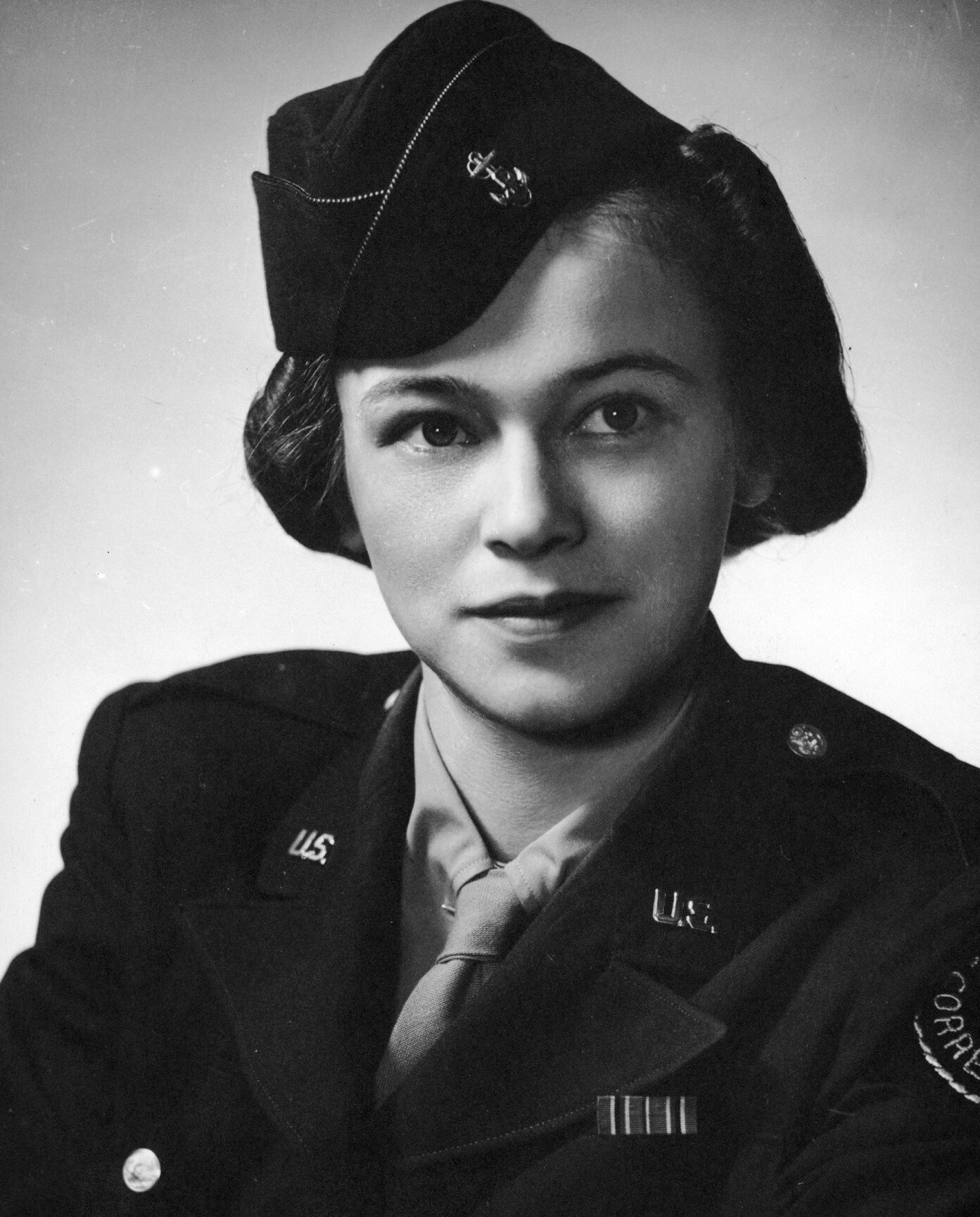
Despite her mediocre photographic credentials, during World War II Chapelle, managed to become a war correspondent photojournalist for National Geographic, and with one of her first assignments, was posted with the Marines during the battle of Iwo Jima. On that hellish volcanic island, one of the bloodiest battles of the Pacific war was raging. Fighting was so fierce that 27 Medals of Honor would be awarded, but Chapelle doggedly made her way to the front, exposing herself to enemy fire as she worked.
Then came Okinawa, an even bloodier affair, and as the Japanese launched waves of kamikaze attacks, Chapelle eluded restrictions placed specifically on her and again reached the combat zone. At one point, she was hundreds of yards in front of the line. Authorities decided to chase her down. When found weeks later, the tiny figure in helmet and filthy fatigues and shouldering a heavy pack looked indistinguishable from other Marines. And always, everywhere, the bathroom excuse: No facilities for women – permission denied. One enraged general barked at Chapelle that he didn’t want one hundred thousand Marines pulling up their pants because she was around. But Dickey could outstare any general. She countered with an answer that spoke for all her female colleagues, wherever in this far-flung conflict, they tried to work. “That won’t bother me one bit,”‘ she replied. “My object is to cover the war.”
After the war, she traveled all around the world, often going to extraordinary lengths to cover a story in any war zone. During the Hungarian Revolution of 1956, Chapelle was captured and jailed for over seven weeks. She later learned to jump with paratroopers, and usually traveled with troops.
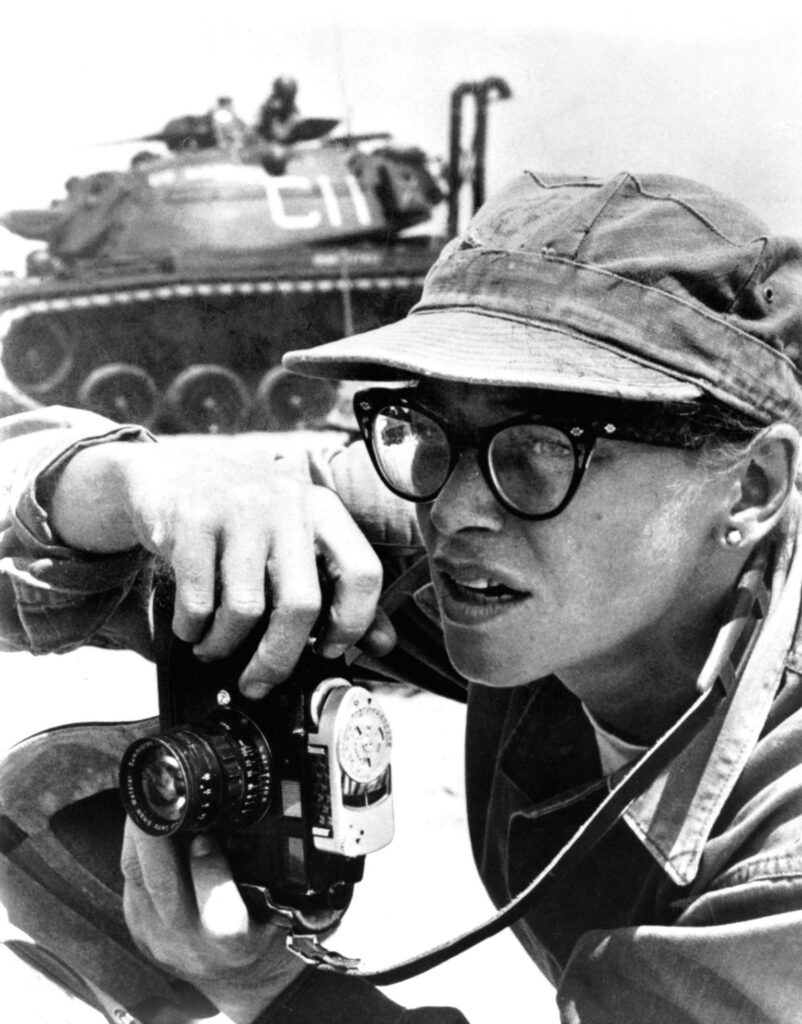
During the Vietnam War in the 1960s and early 1970s, correspondents in unprecedented numbers were covering the war. For them, it was a combination of intellectual curiosity, professional longings to be at the center of a big story, and a simple lust for adventure drew women to the jungles of Southeast Asia, just as those same urges had long drawn men to the spectacle of war. With these much younger women reporters was Dickey Chapelle.
Her stories in the early 1960s extolled the American military advisors who were already fighting and dying in South Vietnam, and the Sea Swallows, the anti-communist militia led by Father Nguyen Lac Hoa.
Chapelle was killed in Vietnam on November 4, 1965, while on patrol with a Marine platoon during Operation Black Ferret, a search and destroy operation 16 km south of Chu Lai, Quang Ngai Province, I Corps.
The Lieutenant in front of her kicked a tripwire booby trap, consisting of a mortar shell with a hand grenade attached to the top of it. Chapelle was hit in the neck by a piece of shrapnel that severed her carotid artery; she died soon after.
Her last moments were captured in a photograph by Henri Huet. Her body was repatriated with an honor guard consisting of six Marines, and she was given full Marine burial. She became the first female war correspondent to be killed in Vietnam, as well as the first American female reporter to be killed in action.
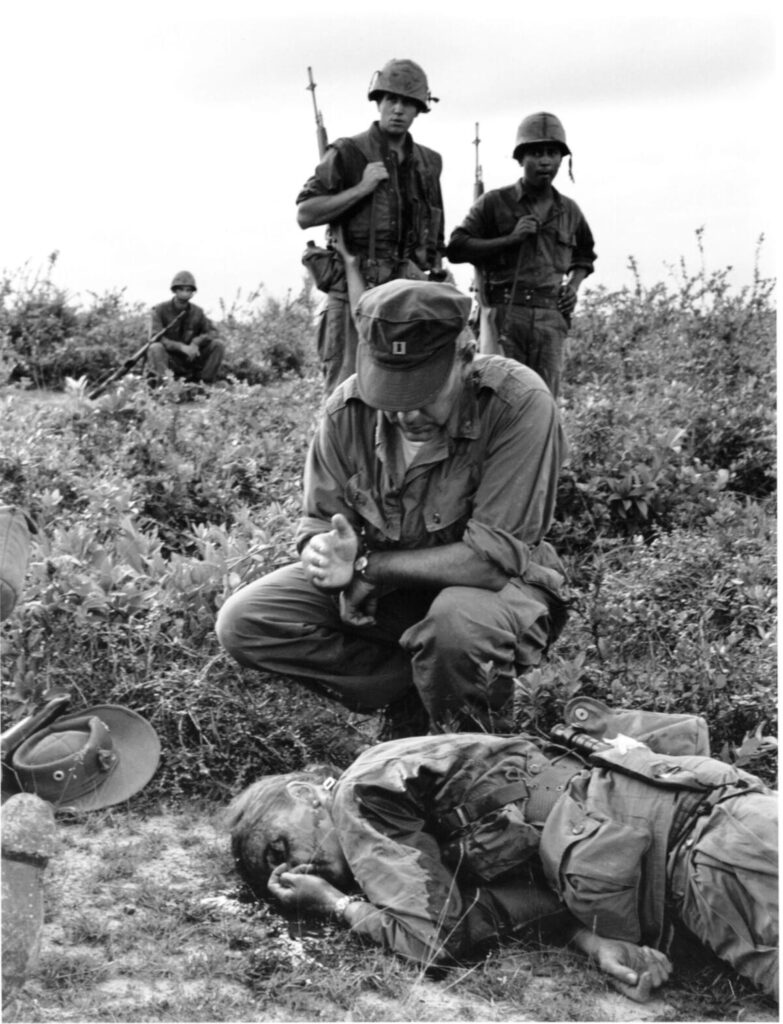
In paying the ultimate price, she won the ultimate respect. Her remains returned to the United States accompanied by a Marine Corps honor guard. No less than the Commandant of the Marine Corps himself then wrote, “She was one of us, and we shall miss her.” And the Women’s Press Club declared her to be “the kind of reporter all women in journalism openly or secretly aspire to be. She was always where the action was.”
Today women report from embedded positions wherever the action is, and no one is telling them, at least openly, that they don’t belong. For that, they can thank the pioneers of World War II, those women who 75 years ago fought the truly difficult fight and won the really important battle, the right to wear with respect the words stitched over the uniform’s left breast pocket, “War Correspondent.“
Read About Other Profiles in Courage
If you enjoyed learning about Women Combat Journalists, we invite you to read about other profiles in courage on our blog. You will also find military book reviews, veterans’ service reflections, famous military units and more on the TogetherWeServed.com blog. If you are a veteran, find your military buddies, view historic boot camp photos, build a printable military service plaque, and more on TogetherWeServed.com today.
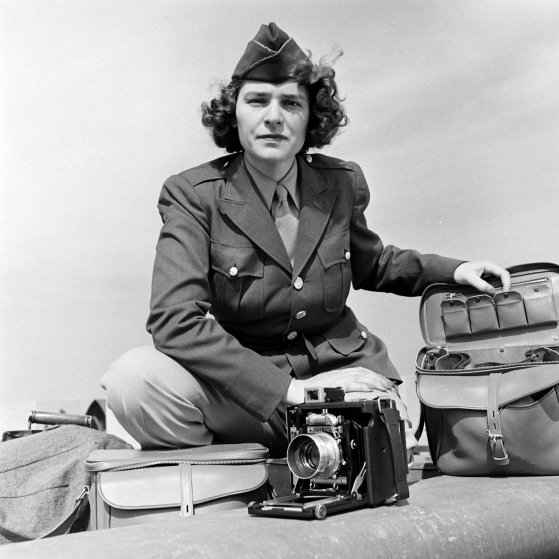
0 Comments